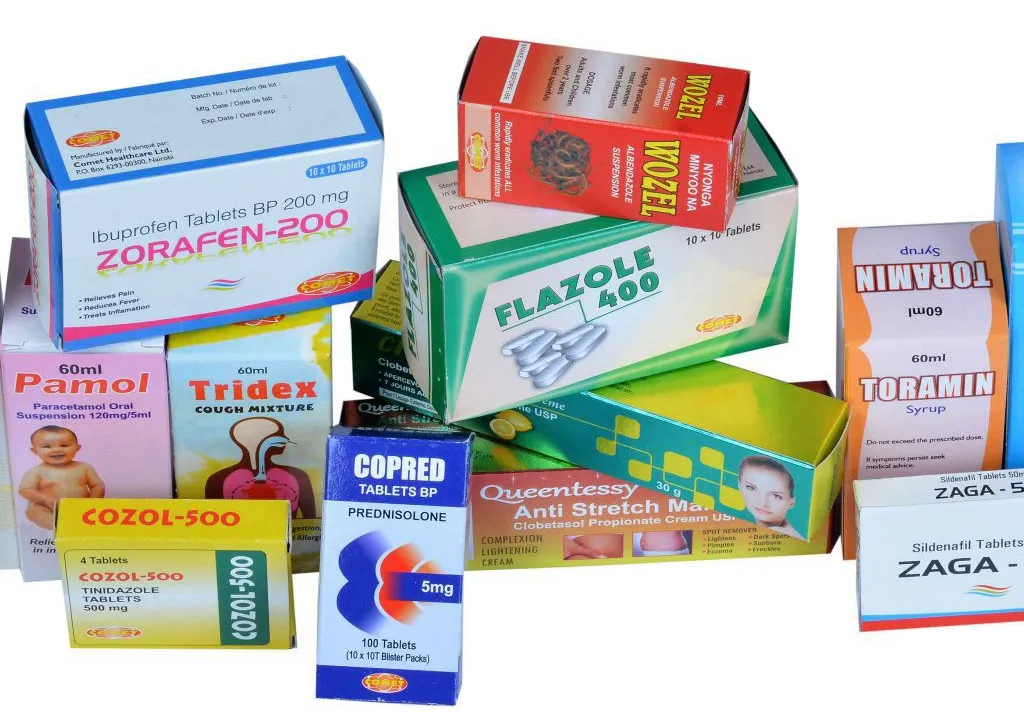Source: Link Testing Instruments Co.,Ltd.

Paper printed materials are often encountered in daily life, such as cartons and cartons for packaging products, various types of newspapers, books, labels, calendars, business cards, etc. The quality of the printing of these products is not only related to the printing process, ink quality, and printing environment. In addition to other factors, it is also closely related to the smoothness, ink absorbency, elasticity, surface strength, moisture content and other factors of the paper. If these factors are not properly controlled, they will affect the printing quality of the paper. Abrasion resistance is an important aspect that characterizes the printing quality of paper prints. If the abrasion resistance of the ink layer is poor, during the transportation, storage, and use of paper prints, the ink layer is prone to blurring, the printed parts are worn, and even. The phenomenon of shedding will not only affect the appearance of the product, reduce the quality of the product, but also hinder the communication of the information expressed by the printed words or patterns, which may mislead consumers. Therefore, the abrasion resistance of the ink layer of paper printed matter cannot be ignored.
Test methods and instruments
The testing process is based on GB/T 7706-2008 "Letterpress Decorative Prints". This test used the MCJ-05 rub tester independently developed and produced by Link Testing Instruments Co.,Ltd. to test the rub resistance and abrasion resistance of the samples.
Test principle: The rub tester is developed to simulate the friction that the sample may suffer during actual transportation and use. Loading blocks of a certain specification are placed on the rub paper and the sample to generate a certain friction force by setting the friction speed and number of times, rub the sample to the specified requirements, and compare the ink layer wear or color density before and after rubbing with the naked eye or a reflection density meter to obtain the rub resistance of the sample.
Test samples and test process
Test sample: Taking a certain product packaging carton as a test sample.
Experimental procedure:
(1) Cut a 230mm×50mm sample from the surface of the sample to be tested, and fix the sample on the friction table of the equipment.
(2) Use a reflection densitometer to test the color density of the ink layer on the surface of the sample.
(3) Fix the friction paper on the load block and place it above the sample.
(4) Set the number of frictions and start the test. The load block drives the friction paper to rub back and forth on the sample surface according to the set number of frictions.
(5) After the friction is completed, use a reflection density meter again to test the color density of the ink layer on the surface of the sample to calculate the wear resistance of the sample.
Test results and analysis
The abrasion resistance of the ink layer of the carton sample tested in this test is 96%, and the abrasion resistance is good. Good rub resistance of the ink layer is one of the important conditions to ensure that paper printed matter maintains a good appearance during the circulation process and that the ink layer does not fall off or be scratched. It is an important data that reflects the printing quality. It can be seen from the test process in this article that the test of this performance is relatively simple, the test equipment is easy to operate, and the test time is short, and the wear resistance of the printing ink layer can be quickly and accurately verified.
For more details please visit www.linktesting.org